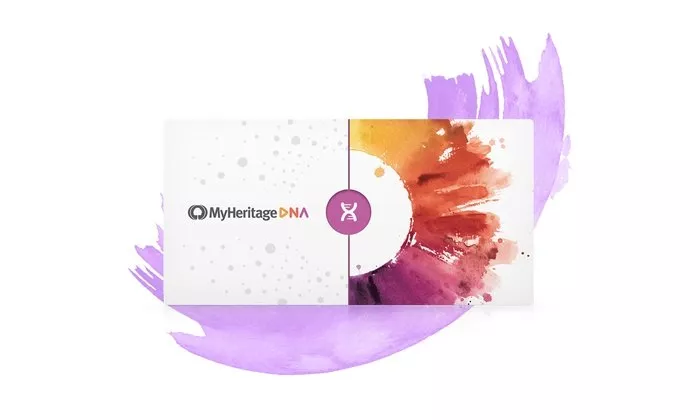
So an intriguing new DNA match has popped up in your notifications or on your DNA Matches page! Here are 5 things you can do to learn more about your match.
Contact them
Aside from the obvious benefits of connecting with a new family member, contacting the match — or the person who’s managing their DNA kit — is the most surefire way to get accurate information about how you might be related. You may also discover that they’ve done some complementary genealogy work that can fill in some of the blanks on your tree.
MyHeritage has a secure messaging system that does not reveal the email addresses of either user. All you have to do is click the “contact” link that appears on the match card on the DNA Matches page or in the email notification you received about the match. This will take you to the Compose Message page on MyHeritage, where you can write your message and send it.
When you receive a reply, you’ll get an email notification that there’s a message waiting for you, but you’ll only be able to read it in the inbox of your MyHeritage account. That way, you can choose when and how much contact information you’d like to share with your DNA match.
Explore the Review DNA Match page
Another thing you can do to learn more about your match is enter the Review DNA Match page. You can access it by clicking “Review DNA Match” page on the match card or in the email notification. This page gives you a full overview of everything MyHeritage can tell you about what you have in common with this match, providing clues as to how you are related and revealing more family connections you may not be aware of.
Check out their family tree
Below the “Review DNA Match” button on the DNA match card is the “View Tree” button. This takes you to the family tree in which your DNA Match appears, where you might be able to recognize some familiar names and trace relationships to known relatives. Note that in most trees, living individuals will be marked <private>, so if you want information on them, you’ll have to request access to that tree. You can do so by clicking “Request membership” on the banner at the top of the screen.
Find them in Autoclusters
Autoclusters can help you untangle which of your matches are related to each other, and this can give you valuable information about how you might be related to them. If you’ve generated a cluster chart before, you’ll need to generate a new one to find your new DNA match on it. Simply access the Autoclusters tool and generate a new chart. It will be emailed to you when it’s ready.
Compare them to known matches in the Chromosome Browser
You can explore even more deeply by comparing your chromosomes on the Chromosome Browser, especially if you have a known relative to compare them with. Exploring which segments you share can help you figure out which side of the family they’re on and which of your known relatives they may be most closely related to.




